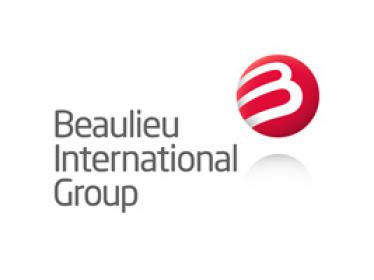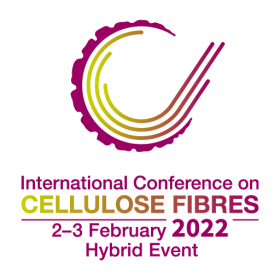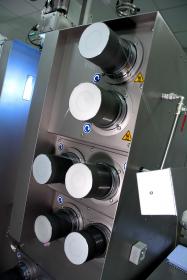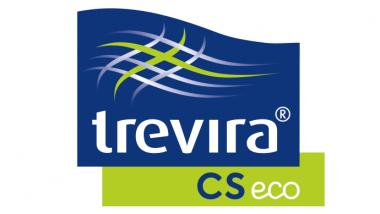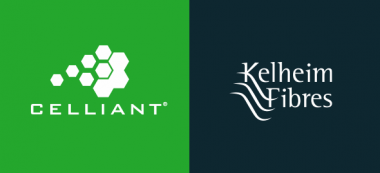Gold status for Kelheim Fibres in EcoVadis CSR rating
The German speciality viscose fibre manufacturer Kelheim Fibres was awarded gold in the CSR rating by EcoVadis, scoring among the top 3% of all companies evaluated. The rating was well above average in all four individual areas (environment, labour and human rights, ethics, sustainable procurement), but Kelheim Fibres achieved absolute top scores in the environment area in particular.
In addition to the excellent EcoVadis rating, Kelheim Fibres is also the first viscose fibre producer worldwide with a certified EMAS environmental management system and ranked highly in the Canadian NGO Canopy's "Hot Button Report" for sustainable wood and pulp sourcing.
Since its founding in 2007, EcoVadis has grown to become the world’s largest and most trusted provider of business sustainability ratings, creating a global network of more than 75,000 rated companies.
Kelheim Fibres




